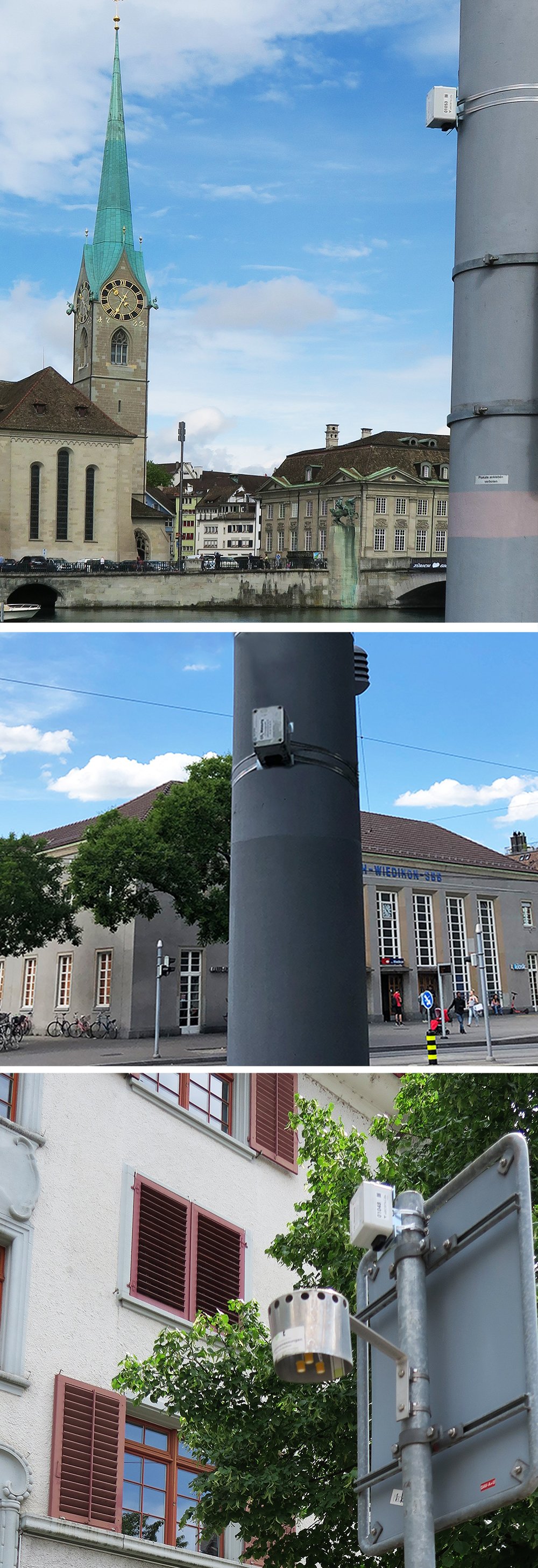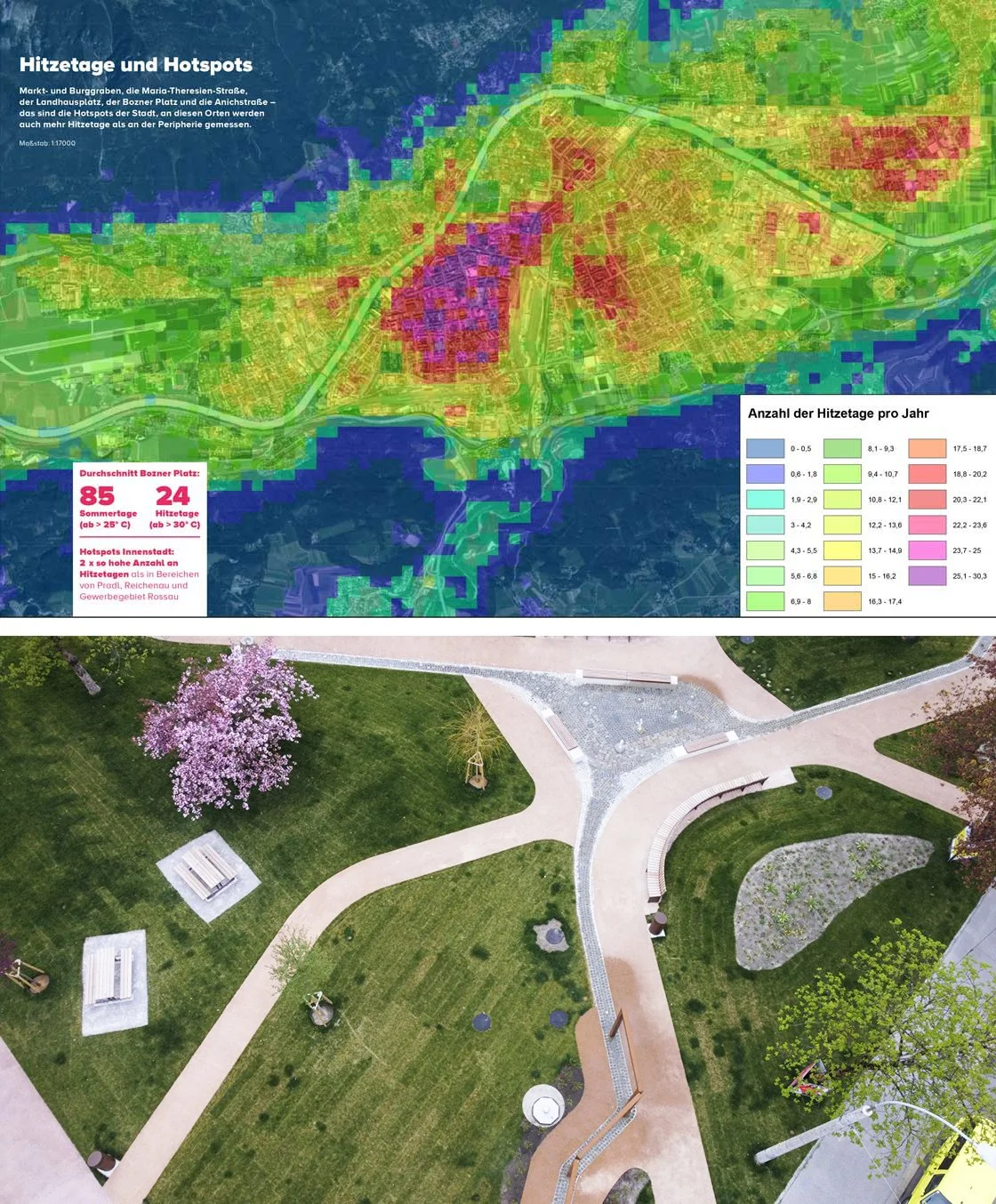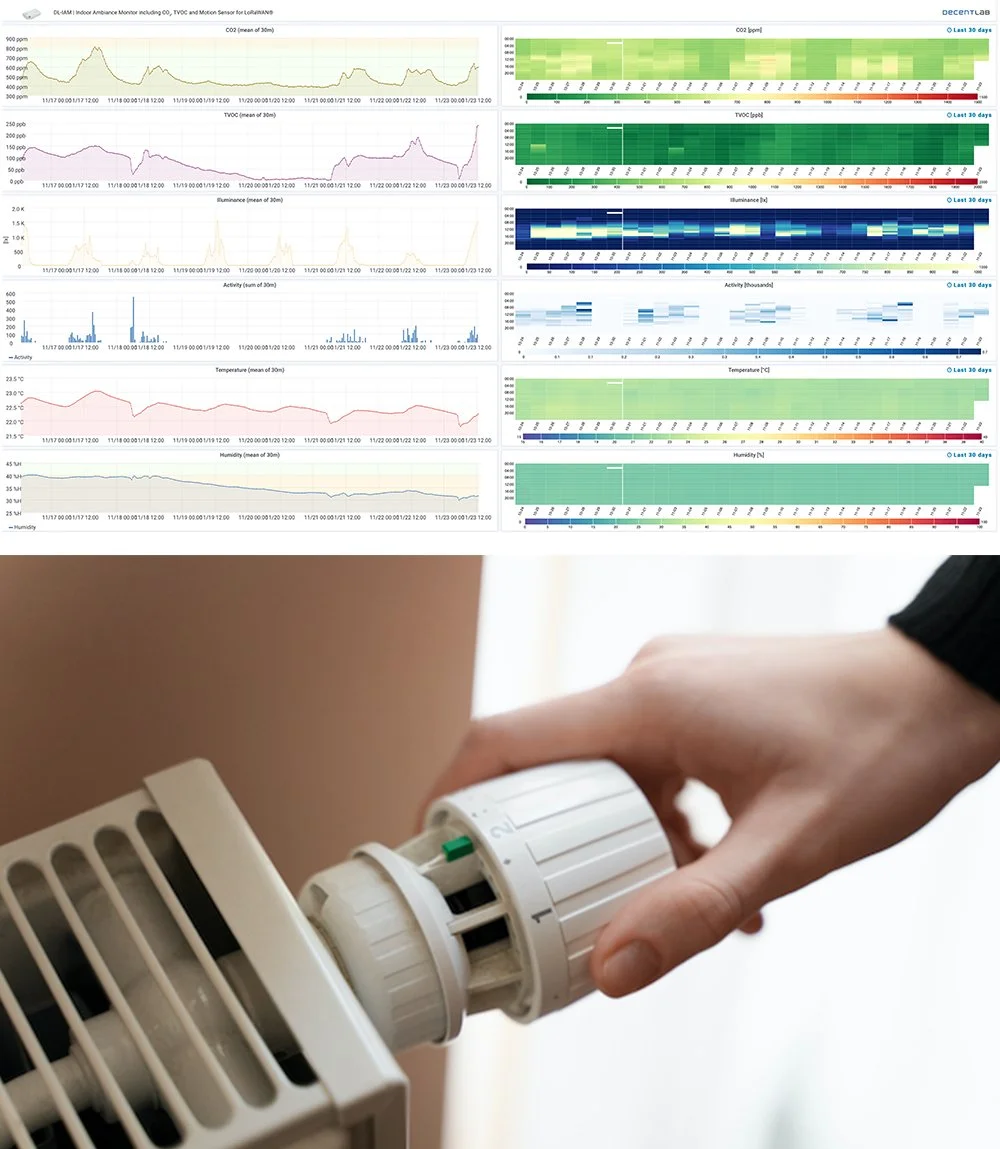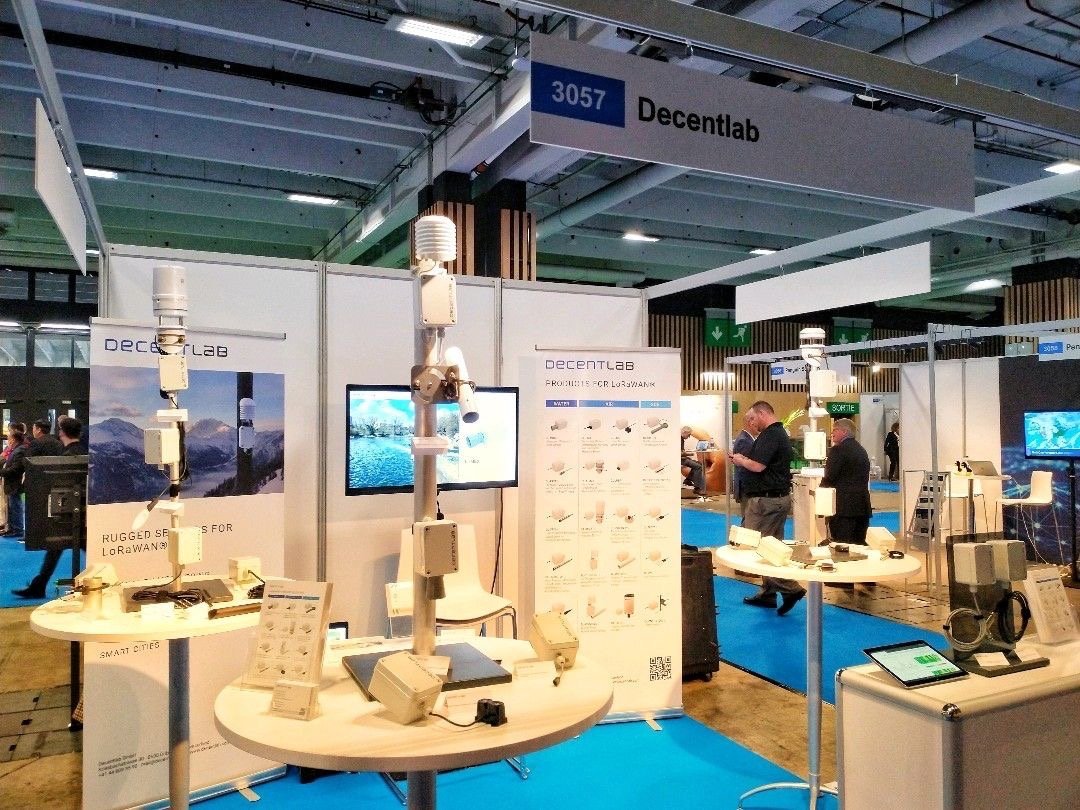Fine particulate matter pollution too high worldwide - Study
/The worldwide PM2.5 air pollution still exceeds the WHO daily maximum level on 70% of days, rising to over 90% in East and South Asia. Air pollution causes seven million deaths globally each year, with 240,000 in the EU alone in 2020. The main sources of PM2.5 are transportation, power generation, heating, metal and steel production, and soil erosion. In urban areas, traffic is the main source, while in agriculture, ammonia from animal husbandry contributes to PM2.5. Although the WHO lowered its PM2.5 limits in 2021, it was exceeded in most German measuring stations in 2022.
Roland Schrödner from the Leibniz Institute for Tropospheric Research in Leipzig regards the study as promising but notes that PM2.5 is only a compromise. The most dangerous particles are PM1, which must be better monitored in the future, along with their chemical composition.
Decentlab’s DL-PM measures particulate matter (PM) concentrations PM1, PM2.5, PM4, temperature, humidity and barometric pressure.
Read article (german), read study (english), realtime demo for DL-PM























